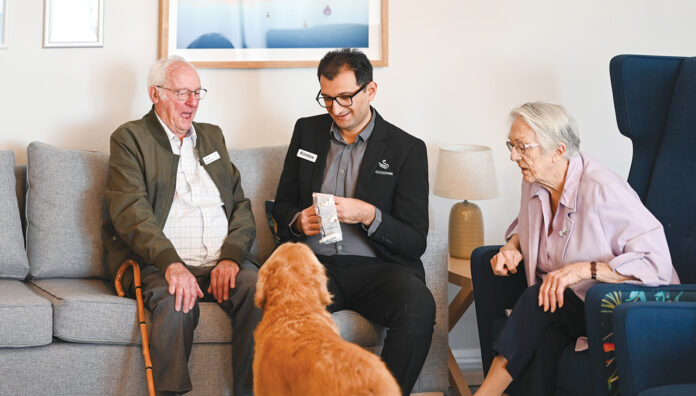Becoming credentialed opens up a world of possibilities for pharmacists, with flexible, fulfilling opportunities that make full use of their clinical skills.
For consultant and general practice pharmacist Deborah Hawthorne MPS, becoming credentialed is the ‘entire reason’ she’s still a pharmacist.
She finds it hard to choose what brings her most joy about her job. It could be ‘becoming an integral member of my clients’ multidisciplinary care team, the ability to stretch my clinical muscles, being afforded the luxury of time in a person’s home to really get to know their care goals and help translate that into action, as well as the pride I experience daily’. Or, she adds, it could be ‘when a doctor springs into action’ from her personal recommendation.
‘I still remember being an eager 18 year old awaiting my university placement results with a dream of becoming a pharmacist who was able to sit down with my elders, over a cup of tea, with the aim of helping them get the best out of their medications,’ Ms Hawthorne recalls.
‘Now, here I am 18 years later … living out that dream! Becoming credentialed has given me a strong sense of purpose and identity as a pharmacist improving medication safety,’ says Ms Hawthorne.
‘I feel privileged to be allowed into the homes of my clients, an experience which not many other health professionals are afforded. Credentialed pharmacists are generally lone rangers, and many of us go the entire year without physically seeing or speaking to another person in the same field. ‘This can naturally lead to a sense of isolation and potentially stagnation, which is why I love attending conferences like CPC24 or PSA24 to get the opportunity to see what amazing things my colleagues are up to around Australia. It’s not just the clinical content, but the sense of community and comradery that face-to-face conferences bring,’ Ms Hawthorne says.
‘As a credentialed pharmacist, my work is varied and flexible,’ and living rurally, with young twins and a partner on shift work, it also allows for last-minute school pick-ups when the little ones are sick.
‘The other major benefit,’ she says, ‘is that I’m 100% a better clinical pharmacist – that’s why I encourage all pharmacists to undergo credentialing. You have the ability
to make huge, lasting changes in your patients’ medicine management and health outcomes.’
‘Like a box of chocolates’
Credentialed pharmacists (or accredited or consultant pharmacists as they were previously known) first began providing medication review services in aged care facilities almost 30 years ago.1
The success of this program led to the creation of Home Medicines Reviews (HMRs), and today, credentialed pharmacists work in a wide range of environments, from GP clinics to Aboriginal Community Controlled Health Organisations (ACCHOs) and disability services. And, with the soon-to-be released funding2 for on-site pharmacists in aged care, pathways for credential pharmacists continue to grow.
After 20 years in academia, Dr Manya Angley FPS, the 2021 MIMS Consultant Pharmacist of the Year, was also attracted to the flexibility of a career as a credentialed pharmacist because her family’s needs were no longer sustainable together with full-time research.
Since becoming accredited, Dr Angley has worked in aged care, disability and general practice settings. She has become Australia’s leading expert on disability medicines, appearing as an expert witness at the Disability Royal Commission in 2020 and advising the federal government.3
Box 1 –How to go from accredited to credentialedFollowing the development of new standards by APC, pharmacists who undertake funded medicine reviews will need to hold a MMR credential by 30 June 2025. PSA has developed a pathway to issue the MMR Credential to pharmacists previously accredited by AACP, recognising that two performance criteria were not previously assessed by AACP and must be demonstrated before the new credential is awarded. The pathway involves:
|
‘Medication reviews,’ she says, ‘are like a box of chocolates – you don’t know what you are going to get. What I love is that no two medication reviews are the same, so providing the service always has an element of surprise and it is never boring.
‘I love the fact that patients are in their own environment and they are more relaxed and less guarded than they might be in another health encounter – especially if it is time-pressured. As medicines impact almost every aspect of health, I love that when compiling a comprehensive medication history, it gives the patient an opportunity to discuss the aspect(s) of their health care that is bothering them.
‘Over the years I’ve learnt that I can gather the most valuable collateral information to guide the medical practitioner’s development of the medication management plan by listening carefully to the patients – it might be an unusual symptom that is a lesser- known adverse effect or an interaction that no one else has thought of. It could be a psychosocial issue that the GP was unaware of that is a key piece of the patient’s puzzle.
‘I love the challenge of compiling and making sense of medication-related information in discharge summaries, My Health Record, progress notes and from the patients themselves and revealing answers to the questions that are raised.’
Dr Angley has also made the most ‘wonderful friendships with credentialed pharmacists around the country’.
She loves to catch up with them – some of them her mentors and others are mentees – at conferences such as PSA24.
‘Others,’ she points out, ‘are simply like-minded and generous individuals who I share and develop resources with to deliver a top-drawer service.’ Credentialed pharmacists are some of the best humans ever, Dr Angley extols. ‘They have passion to make a difference through advocating for the patients they serve and playing a critical role in the interdisciplinary team around the patient. I feel privileged and grateful to be a credentialed pharmacist and I look forward to what the future holds for this area of practice.’
New credentialed pharmacists directoryHave you provided your details yet? PSA has launched its Credentialed Pharmacists Directory, enabling credentialed pharmacists who opt in to connect with health providers in need of advanced pharmacist services. To be included, email accreditation@psa.org.au with your name, MRN, and the email, phone number, post code, suburb and state you want to appear in the directory (none of the fields are mandatory, and only information to be shared in the directory should be included). |
Life as a credentialed pharmacist isn’t without its challenges, including a lack of awareness about what credentialed pharmacists can do, caps on the number of HMRs they can perform and remuneration for HMRs and Residential Medication Management Reviews (RMMRs) that hasn’t increased since 2019.
Even with the revised HMR and RMMR program rules in 2020 that allowed some hospital-based medical practitioners to refer patients directly to a credentialed pharmacist under the Hospital Initiated Medication Review pathway, no associated MBS number was created for specialists to claim under. This led to poor uptake, in addition to little knowledge of the program itself, Ms Hawthorne explains. ‘Currently, there is no way for a non-GP, non-specialist to refer for a Pharmacy Programs Administrator-funded HMR/RMMR.’
Despite these setbacks, Ms Hawthorne remains passionate about her career choice. ‘Becoming credentialed has inspired me to become a Credentialed Diabetes Educator, pain management specialist and chemical restraint consultant – areas of pharmacy that I either didn’t know about or didn’t have an interest in previously. The opportunities are endless.’
AP spoke to four other credentialed pharmacists with varied areas of practice.
Victoria
Kate Macheda MPS (she/her) GP pharmacist, Yarrawonga Denis Medical Group, Victoria
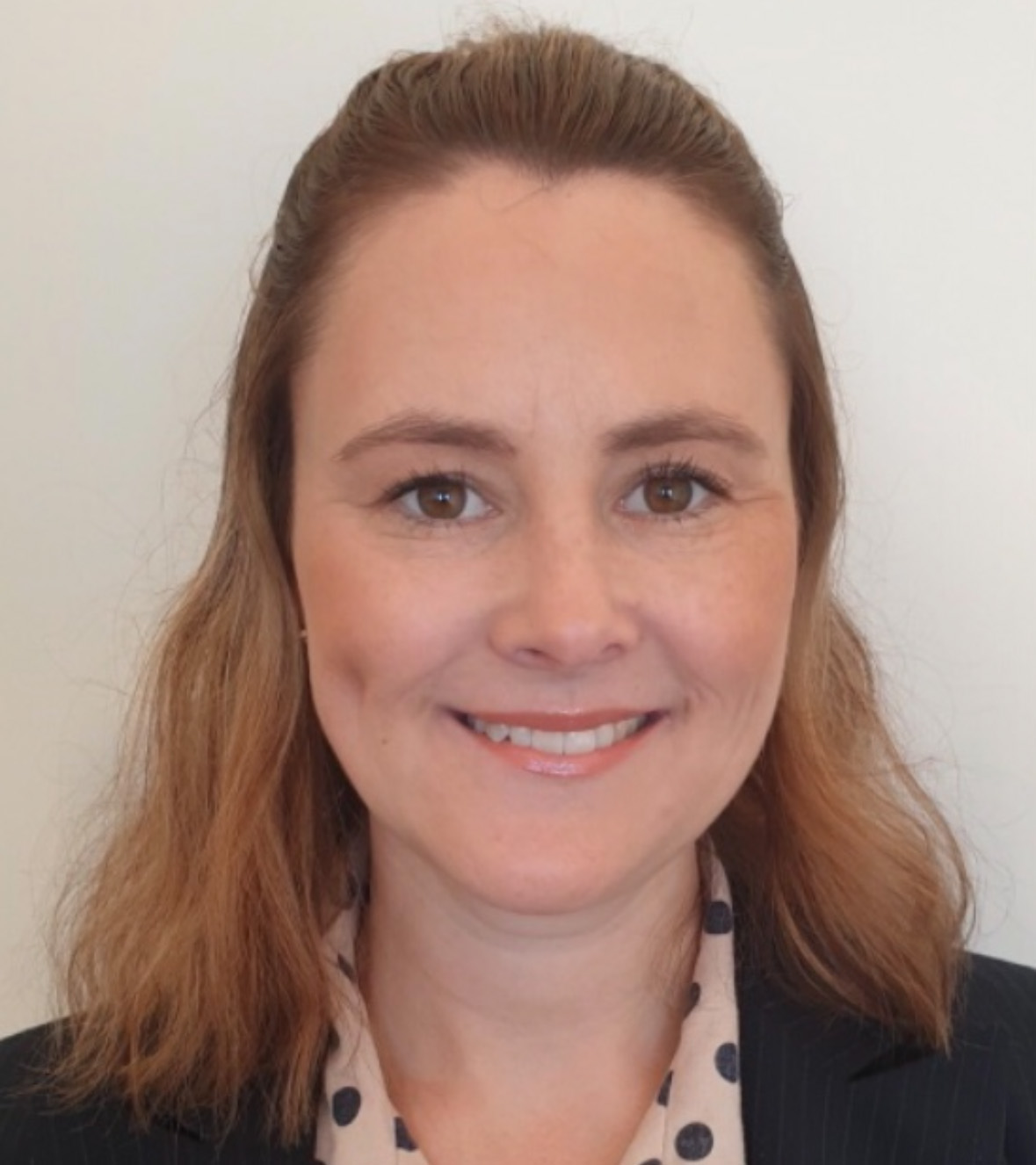 After about 6 years as a community pharmacist, I took the plunge and became credentialed in 2016, completing HMRs along with community pharmacy work. I was drawn to the flexibility, the ability to spend more time engaging with patients, and the opportunity to address patients’ medicine-related concerns.
After about 6 years as a community pharmacist, I took the plunge and became credentialed in 2016, completing HMRs along with community pharmacy work. I was drawn to the flexibility, the ability to spend more time engaging with patients, and the opportunity to address patients’ medicine-related concerns.
I then got a role at an amazing local general practice in north-east Victoria.
This was made possible by funding from the Murray Primary Health Network, and I have been lucky enough to continue in it, despite our funding ending. I now work part-time in community pharmacy, as a GP pharmacist and completing HMRs.
‘We also need to remove the cap on HMRs,which may encourage more pharmacists to undertake credentialing.’
kate macheda MPS
This gives me flexibility with my young family, as well as professional satisfaction thanks to the variety of roles in my rural community. Being credentialed has also increased my communication skills, collaboration and confidence in clinical reasoning and recommendations.
The biggest challenge is the lack of secure funding in all areas of pharmacy, particularly in cognitive pharmacy services. I would like to see specific and separate funding allocated to the different cognitive and clinical roles of pharmacists, such as interventions provided in the community pharmacy, credentialed activities such as HMRs/RMMRs and GP pharmacist activities, such as case conferencing and in-clinic reviews. I think we also need to remove the cap on HMRs, which may encourage more pharmacists to undertake credentialing. And I would like to see the ability for follow-up HMRs to be conducted via telehealth when clinically appropriate.
Queensland
Kate Gill MPS (she/her) Embedded pharmacist, Wuchopperen Health Service, Queensland
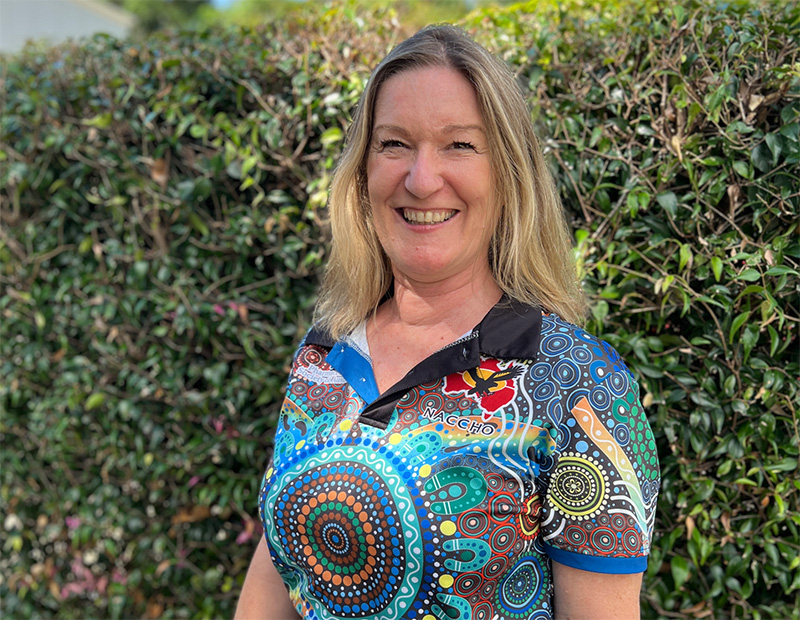 Becoming credentialed opened up a world of pharmacy I didn’t know existed.
Becoming credentialed opened up a world of pharmacy I didn’t know existed.
I used to think hospital and community were the only career choices – now I’m an embedded pharmacist at an Aboriginal Community Controlled Health Organisation (ACCHO). I do HMRs as a sole trader and I’m also helping to write policies and procedures for another community health organisation. Getting your foot in the door is the hardest part.
‘I also really enjoy the freedom of being out and about and getting to have a yarn with people.’
kate GILL MPS
For those pharmacists who would like to work in an ACCHO, I’d recommend doing PSA’s Deadly Pharmacists course. You’ll get an understanding of how it works and make some contacts.
As an HMR pharmacist, building up regular referrals has taken time. I’d suggest organising a visit with your local doctors – and taking food with you.
If you bring something to eat and make it during lunchtime, they’re more likely to listen. Create an information sheet you can leave behind and talk to the practice nurse to see how their software works.
If you know how to generate a referral, you can teach the doctors how to do it.
Working in an ACCHO and doing HMRs, it’s about demonstrating your worth and selling yourself. For example, we can save doctors’ and nurses’ time, because they can see another patient while we’re taking medication histories or doing medication reconciliations. Another tip is to talk to your local community pharmacy. If they have a good relationship with the doctor, they can help advocate for you as well.
The job is never boring, and it keeps my clinical skills up. I also really enjoy the freedom of being out and about and getting to have a yarn with people.
When you go into someone’s home, they tend to be more relaxed. They tell you more than they ever would in a busy pharmacy environment.
I never walk away from a review feeling like I haven’t achieved something. I had a patient recently who was homeless. He still managed to pick up his DAA (dose administration aid) every fortnight, and I didn’t need to do too much for him when it came to medicines, but I was able to help him see a doctor and get someone to assist with his housing application.
He’s much happier now.
Tasmania
Christopher Walpole MPS, Credentialed and community pharmacist, Queenstown, Tasmania
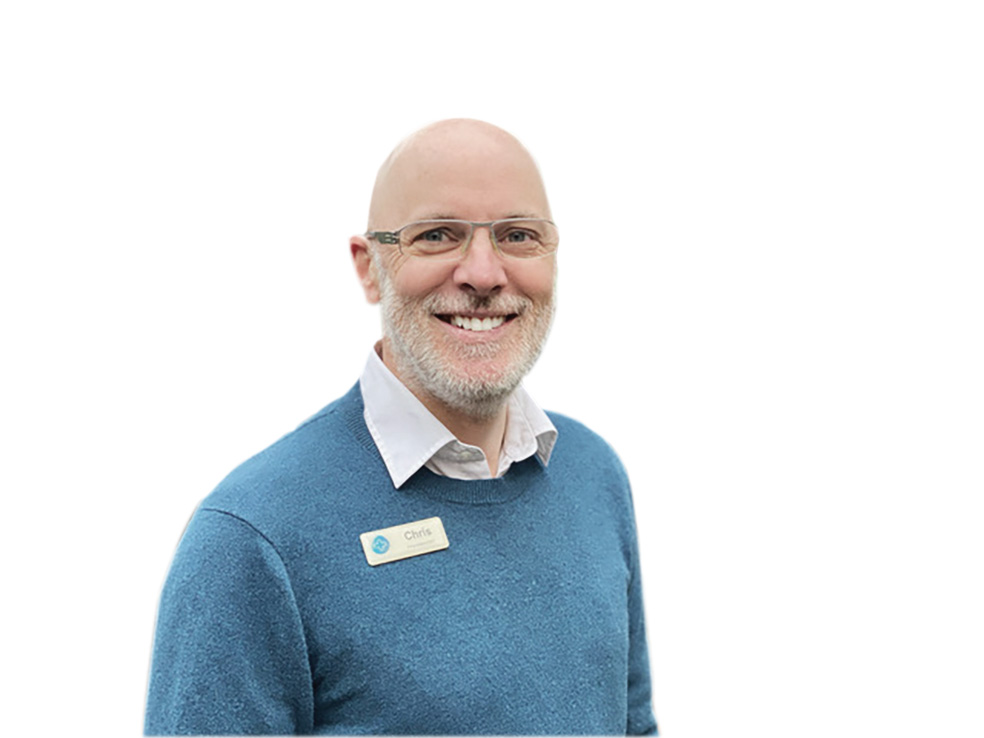 Working in a small rural town (population about 1,800) on the sparsely populated west coast of Tasmania (population 4,000), I became credentialed because it was another layer of clinical input that can be provided to a patient in the home.
Working in a small rural town (population about 1,800) on the sparsely populated west coast of Tasmania (population 4,000), I became credentialed because it was another layer of clinical input that can be provided to a patient in the home.
As a sole practitioner contracted for the past 18 years with the Queenstown Medical Union Friendly Society, I see a greater breadth and depth of comorbidities in this area of Tasmania compared with urban practice. People in rural communities are often sicker (with poorer access to healthcare services), have lower educational opportunities and lower levels of health literacy compared with the rest of the country – and we have a very low digital inclusion rate.
‘It’s also an absolute no-brainer that credentialed pharmacists should be able to access the Medicare Benefits Schedule for HMRs and RMMRs.’
christopher walpole MPS
With two GPs in one general practice clinic, a community nurse and myself, working in this area you need to have a broad scope of practice and be across as much as possible.
I’m the only credentialed pharmacist for the whole west coast, an area of around 9,500 square kilometres. I’ve been conducting HMRs for the past 12 years (see p25), often working three weekends in four in all the remote communities, in addition to full time at the pharmacy.
During that time, I have developed a level of confidence and capability to conduct effective interviews that bring about improvements in health outcomes.
GP feedback is positive and follow-ups are impactful. Until recently I completed all the RMMRs at Queenstown’s only aged care facility, and also for a few years on King Island. But the challenges around funding, bureaucracy and uncertainty around the future of the RMMR program reduced my motivation to continue with the on-site aged care program.
I am very unhappy that the federal government has stopped telehealth funding for HMR follow-ups with a credentialed pharmacist for some of the most vulnerable communities in Australia. We also need funding and remuneration for case conferences as we need to close the pharmacy to attend the conferences for no payment, unlike all other practitioners.
It’s also an absolute no-brainer that credentialed pharmacists should be able to access the Medicare Benefits Schedule for HMRs and RMMRs. It is the way of the future for communities like this where GPs are difficult to access, and also in short supply.
In addition, credentialed pharmacists should be able to prescribe a broader
range of prescription medicines to patients, where appropriate.
We need to demonstrate our clinical
skill and capability by providing a broader range of medicinal options directly to our consumers within rural communities and have models of care that are practical, targeted and fundable for remote regions such as this.
New South Wales
Helene Wightman MPS (she/her) Credentialed and community pharmacist, Tamar Village Pharmacy, and Bullinah Aboriginal Health Service, Ballina, NSW
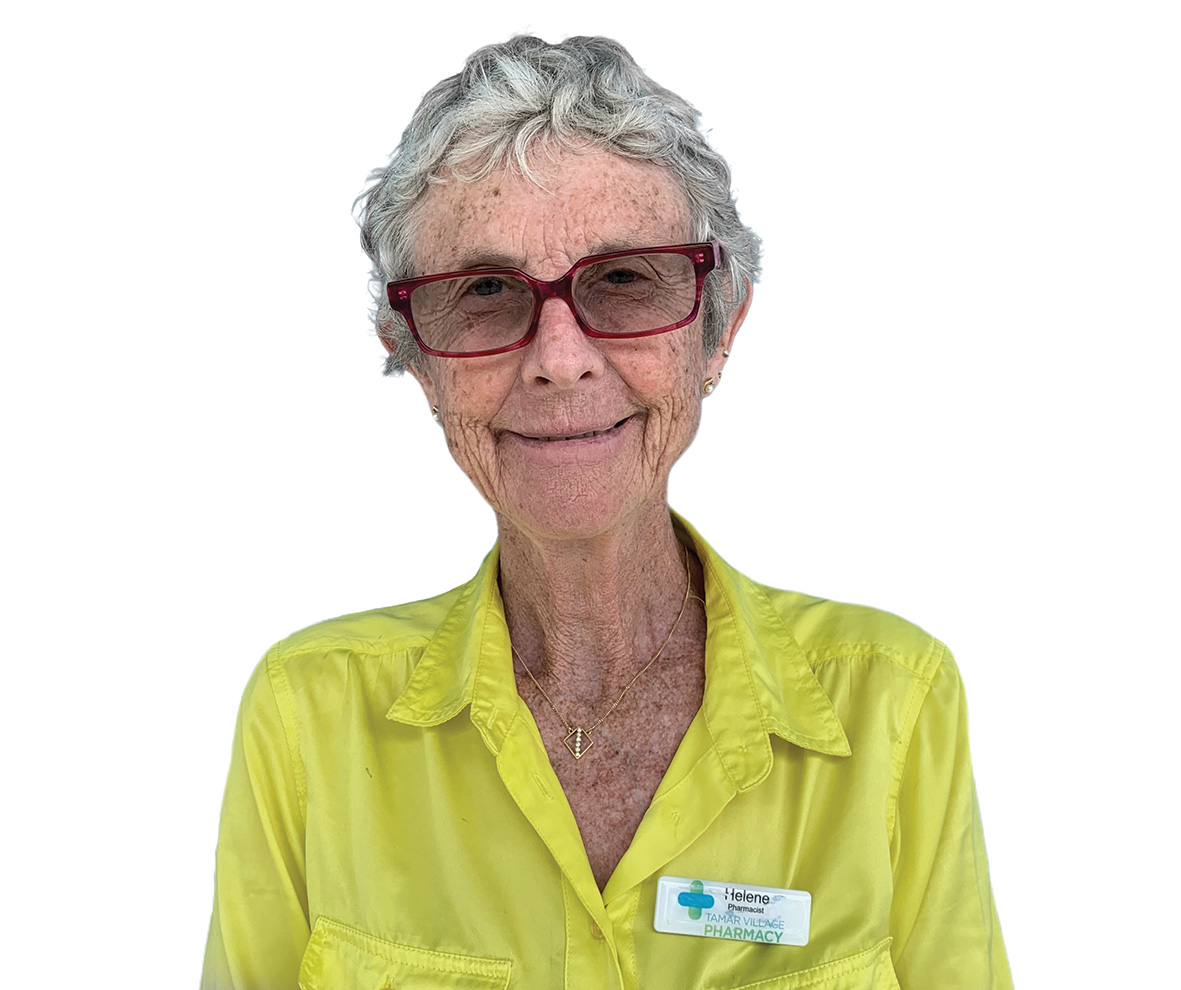 Many years ago, I was given this advice: remember the 3 Ts – it takes time
Many years ago, I was given this advice: remember the 3 Ts – it takes time
to gain trust and it may be over many
cups of tea.
Commuting from coastal Ocean Shores to Ballina for front-of-pharmacy work two days a week, on a third day I work within the Aboriginal Health Service. I am proud to be included in a team of people, both Indigenous and non-Indigenous, whose aim is simply to care for the community.
‘learn to yarn wherever and whenever works for the people of the community in which you are working.’
kate GILL MPS
From GP referrals for patients in regional centres such as Casino and rural towns like Kyogle (population around 3,000), I conduct HMRs on the other two days of the week. The furthest I usually go is Urbenville, (population 200), which is a 3-hour drive away.
For credentialed pharmacists, there are multiple roles working in an Aboriginal Health Service. There’s networking with all the other primary health care providers and acting as the liaison between clients and these providers. But by far the most important role is to take time to “yarn”.
I enjoy and am privileged to educate Elders once a month on the Quality Use of Medicines – everything from lifestyle, diet, how you take your medicines, what do you do before taking your medicines, what’s wrong with taking medicines, understanding why medicines are prescribed (so there is better compliance), the importance of not sharing medicines with others, etc.
Learn to yarn wherever and whenever works for the people of the community in which you are working. Learn to explain the most complex anatomy, pathophysiology and pharmacology in a way that is relatable to everyday things. Try describing diabetes as a car engine, or give a talk on hydration and walk in with a 50-litre container of water to show how much water is in a person weighing 85 kilograms. Be prepared, though, that the yarn may not happen overnight!
And with my tools of the trade – iPad, iPhone, Apple watch and new MacBook (courtesy of winning the regional prize for early-bird ordering of my annual Australian Medicines Handbook), I’m going paperless – soon!
| How did Chris Walpole MPS help this man? Patient:JC is a 52-year-old male living with multiple health conditions Diagnoses and medical history:
Current medicines when first seen:
Key issues: Management of congestive cardiac failure (CCF): During the interview, JC described symptomatic dyspnoea on exertion (DOE), a seemingly worsening symptom of his heart failure, as well as what he described as a muscular tightness that transitions across his chest which is non-responsive to his GTN. Blood pressure (BP) during the HMR returned 109/61 with a pulse of 91 (seated) and 110/68 with a heart rate (HR) of 96 (standing). Optimum management of symptomatic HFrEF includes use of a renin-angiotensin system inhibitor. An ACE inhibitor may be the preferred choice for this patient given he is potentially hypotensive. Recommendations:
Neuropathic pain and insomnia JC has neuropathic pain in his right foot which is contributing towards insomnia and he was visibly tired during the interview. During the interview he was socially withdrawn (although there was an equally untidy and unwell flatmate). Renal function in December 2022 was normal. Recommendations:
Alcohol dependence and smoking status As per recent pathology available at the time of interview: GGT 1038 U/L and ALP 180 U/L. This is reflective of high levels of alcohol consumption and associated hepatic cirrhosis. These results were discussed with JC during the interview. Recommendations:
Medicine adherence JC held a seemingly confident, occasionally misguided knowledge of his own health. However, despite JC using a Webster Pak at home, he occasionally forgets to take his bedtime medications (as he goes to bed at variable hours) and his morning medications (waking at similarly variable hours). This appears to be contributing to poor adherence. Actions taken:
Other recommendations:
Follow up: JC is now:
Reflections: A challenging HMR given the extent of comorbidity, but the HMR led to some improvement in his quality of life for which he was thankful. |
References- Freeman C. From the President: For 25 years, accreditation has paved the way.Australian Pharmacist. 2022. At:www.australianpharmacist.com.au/from-the-president-for-25-years-accreditation-has-paved-the-way/
- Cooke J. Shameful: an under-served cohort. Australian Pharmacist. 2022. At: www.australianpharmacist.com.au/shameful-an-under-served-cohort/
- Australian Government Department of Health and Aged Care. Aged care on-sitepharmacist. 2024. At:www.health.gov.au/our-work/aged-care-on-site-pharmacist



 John Jones MPS, pharmacist immuniser and owner of My Community Pharmacy Shortland in Newcastle, NSW[/caption]
John Jones MPS, pharmacist immuniser and owner of My Community Pharmacy Shortland in Newcastle, NSW[/caption]


 Debbie Rigby FPS explaining how to correctly use different inhaler devices[/caption]
Debbie Rigby FPS explaining how to correctly use different inhaler devices[/caption]




 Professor Sepehr Shakib[/caption]
Professor Sepehr Shakib[/caption]

 Lee McLennan MPS[/caption]
Lee McLennan MPS[/caption]
 Dr Natalie Soulsby FPS, Adv Prac Pharm[/caption]
Dr Natalie Soulsby FPS, Adv Prac Pharm[/caption]
 Joanne Gross MPS[/caption]
Joanne Gross MPS[/caption]
